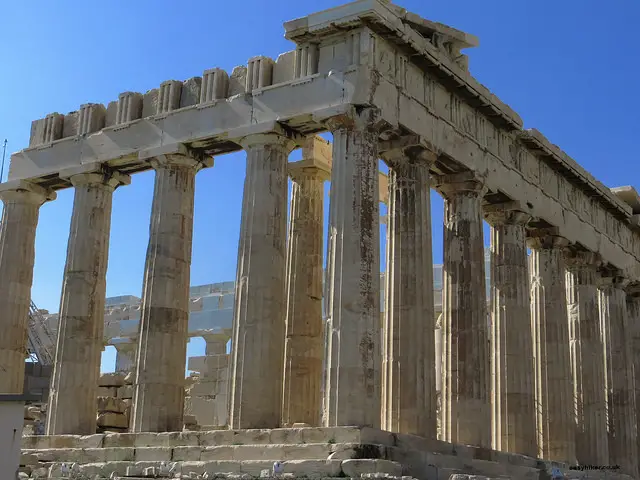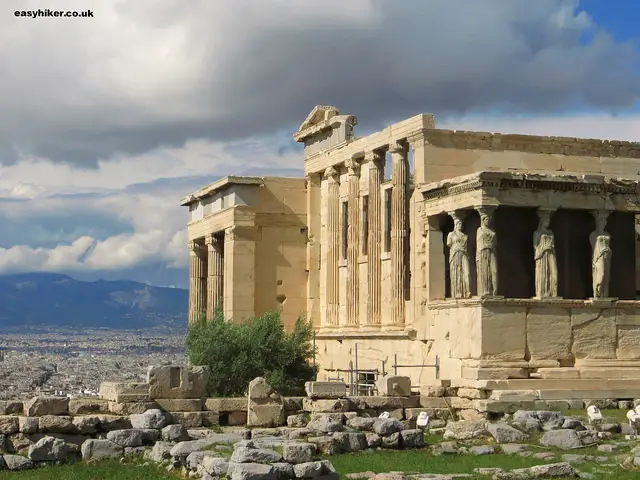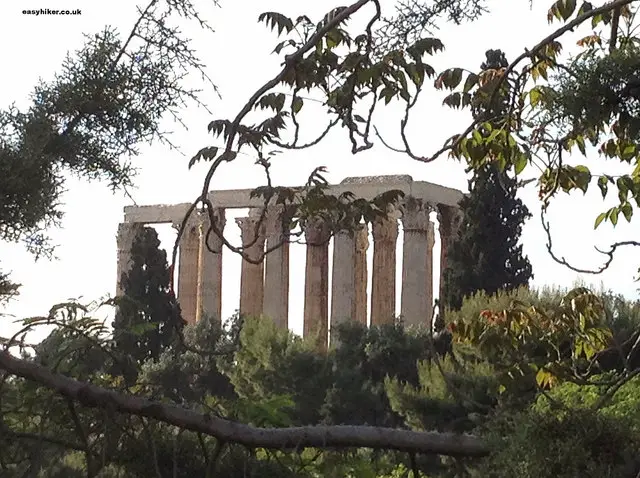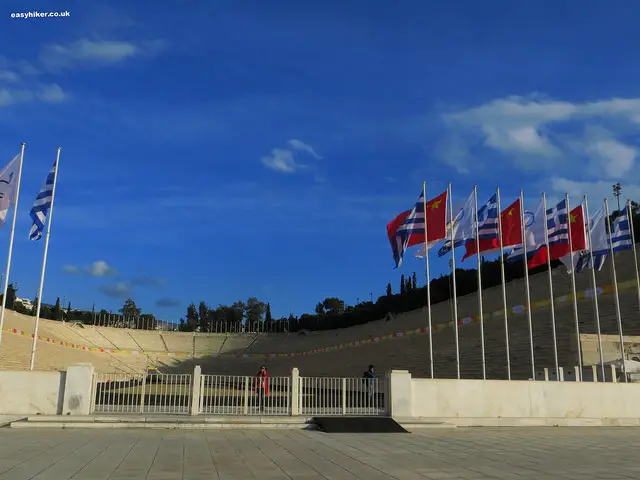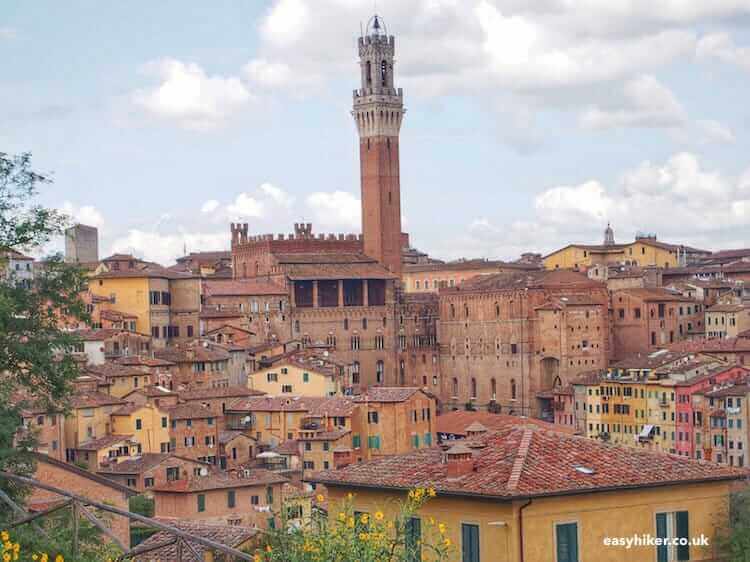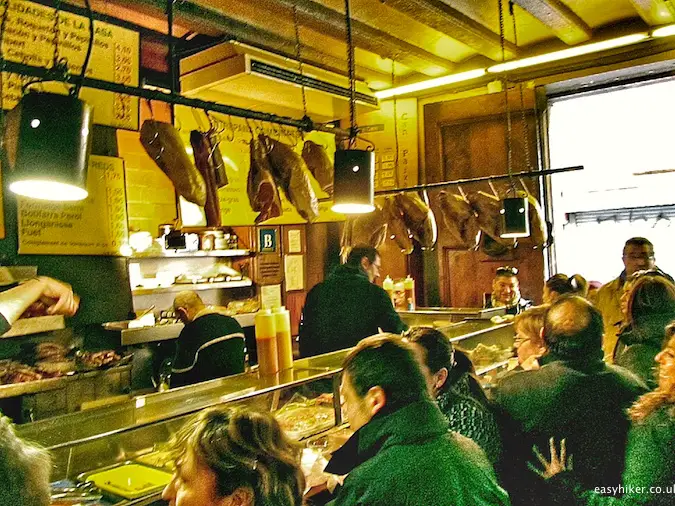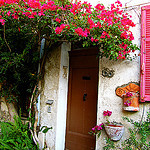Athens does not do many things, but what it does, it does very, very well
The great tourist attractions of the world can be divided into two groups, the foxes and the hedgehogs, representing either destinations that do many things reasonably well or destinations that do only one thing but have mastered this to the point of perfection.
The field of foxes is led by the world’s great metropolises such as Paris and London: they offer a great variety of culture from different periods, great places to eat with both local and international specialties, sports arenas and theatres, outdoor activities and places for walks such as parks, nature reserves and near-by beauty spots. And and and.
Hedgehogs, conversely, generally have only a single claim to fame. They are mainly small or medium-sized provincial towns, think Pisa or even Venice, but also include the odd larger city – such as Athens, for example.
Athens – the Wonder of the Ancient World
Athens only scores modestly on the list of items that define the “world’s great metropolises”, but if marble columns and ruins from antiquity make your heart skip a beat, it is definitely THE place to go. In fact, nearly everything in Athens has either been built since the end of WWII or 2500 years ago, with little of interest in between.
There is probably too much of all this ancient stuff to see in a week, never mind in a single day, but we have strung a few of the key sites together into a walk for those of you who have little time to wander around Athens, the wonder of the ancient world.
We start at the metro station Acropolis which is conveniently located around the corner from the Acropolis Museum (well worth a visit in its own right) and the Acropolis itself. (This was extra-convenient for us because our hotel, Herodion* was just around the corner of the station.)
To enter the museum, buy yourself a combination ticket (at the entrance) with 10 individual stubs for all the ancient sites. This ticket will cost you €12 and is a good investment for anybody who is not disinterested out of principle. (If you are, to be honest, you should not have come here in the first place.)
Coming from the Acropolis Metro station, you will enter the complex via the south slope which is dominated by two large amphitheatres. The Dionysus Theatre is the historically more important of the two: this is the birth place of Western theatre, the arena where all the famous Greek plays that we still know today – Sophocles, Euripides, Aeschylos – were first shown.
Initially, all these plays were intended for a single performance as part of a competition (Athen’s Got Talent, you might say), and it was only later that a steady repertoire of great plays was built up. It is from this later period that the second theatre comes from …
… the Odeon of Herodes Atticus, built in the 2nd century AD under the Romans. (Later still, Frank Sinatra sang here, too, and in 1973, the Odeon was used as the venue for the Miss Universe contest. Universe Got Talent, you might say – or, at the very least, shapely long legs.)
Climb the hill in front of you to head for the most famous building of the Acropolis, the Parthenon …
… flanked on the left by the Erechtheion, the spiritual centrepiece of the ancient site (it served as a temple to the goddess Athena whereas the Parthenon was probably more of a general monument to civic pride) which was later converted into many things, including a church and accommodations for the Ottoman Sultan’s harem.
Leave the Acropolis hill via the northern slope and enter Athens’s Old Town, called the Plaka, the heart of the city’s trade in tat …
… turning right and continuing to Syntagma Square (with the buildings of the Greek Parliament and the Tomb of the Unknown Soldier.) On your right hand side, behind the Parliament building, is a very handsome park, the National Garden …
,,, that you can cross on your way to Hadrian’s Arch and the Temple of the Olympian Zeus …
… conceived as “the ancient world’s most magnificent building” at the height of Athenian glory and completed 600 years later when the city had become a minor Roman colony.
From here, it is only a short walk to the city’s only truly outstanding building from the last 2000 years, the Panathenaic Stadium of 1896, host of the very first Olympic Games of the modern age …
… the grandfather of all modern-day sports extravaganzas.
The original Royal Boxes, the seats from where Baron de Coubertin followed the action, the final stretch of Spyros Louis’s triumph in the 1896 Marathon: everything has been immaculately preserved and speaks to us in a much more immediate voice than the ruins of ancient Athens. Take the audio-guided tour, if your schedule allows and you are not too pressed for time: you will find that these are well-invested 45 minutes.



